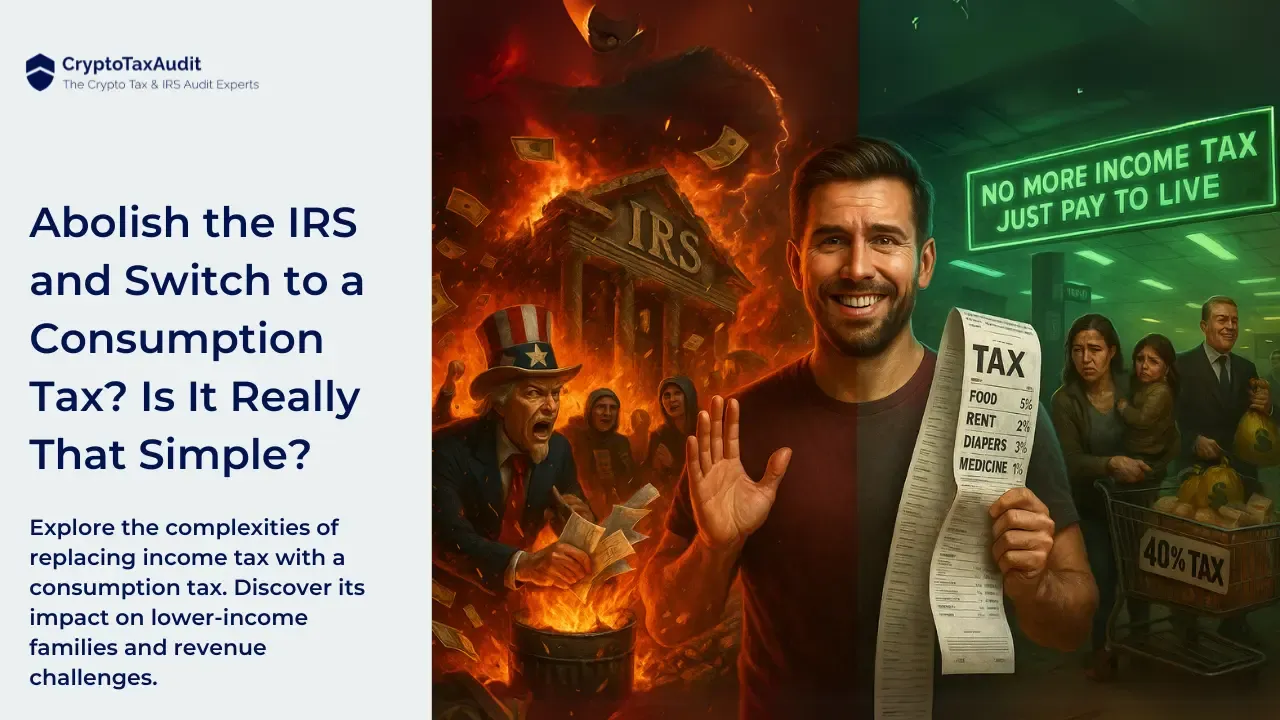Self-Employment Tax
Jan 01, 2023Who Pays Self-Employment Tax
You pay self-employment (SE) tax when net earnings from self-employment are $400 or more. You are self-employed if you carry on a trade or business as a sole proprietor (including farmers) or as a general partner in a partnership. A trade or business generally is an activity carried on for a livelihood or in good faith to make a profit. Facts and circumstances determine whether or not an activity is a trade or business.
Self-Employment Tax
Self-employment tax consists of the taxes paid for Social Security and Medicare. As an employee, the employer pays half of the tax and the other half is deducted from the your pay. By contrast, a self-employed taxpayer must pay both halves of these taxes. If additional Medicare tax is due, it is paid by you and not the employer. See Additional Medicare Tax, below.
Social Security portion. The Social Security portion of self-employment tax is 12.4%.
Maximum earnings subject to Social Security tax. The maximum amount of self-employment net earnings subject to Social Security tax for 2024 is $168,600.
Medicare portion. The Medicare portion of self-employment tax is 2.9%.
Maximum earnings subject to Medicare tax. Unlike the earnings limit subject to Social Security tax, there is no earnings limit for Medicare taxes.
Additional Medicare tax. A 0.9% additional Medicare tax applies to self-employment income over $200,000 ($250,000 MFJ or $125,000 MFS). The Additional Medicare Tax is reported on Form 8959, Additional Medicare Tax.
Deduction for self-employment tax. The deduction allowed for self-employment tax is one-half of the self-employment tax computed on Schedule SE (Form 1040).
Percentage of income subject to self-employment tax. Because of the deduction, the percentage of net self-employment income subject to self-employment tax is 92.35%.
Schedule SE (Form 1040), Self-Employment Tax. Self-employment tax is computed on Schedule SE. The deduction for one-half of self-employment tax on Schedule 1 (Form 1040) is also computed using Schedule SE and then reported as an adjustment to income on Schedule 1 (Form 1040).
Claim all deductions. The Self-Employment Contributions Act of 1954 requires every taxpayer to claim all allowable business deductions, including depreciation, in computing net earnings from self-employment for SE tax purposes. Penalties apply for making a false statement or representation in connection with any matter arising under the act.
Example: Donna is self-employed. After deducting business expenses, her net self-employment income is $100,000. Her SE tax and deduction for one-half of SE tax are computed as follows.

In computing her federal income tax, Donna can deduct $7,065 as one-half of her self-employment tax. In addition to federal income tax, Donna must pay SE tax of $14,130.
Self-Employment Tax Optional Methods
You may use one or both optional methods to compute SE tax if you have a loss or small amount of income. Using an optional method may give credit toward Social Security coverage and may increase certain tax credits.
Nonfarm optional method. Use the nonfarm optional method only for earnings that do not come from farming. Qualifications include:
- Self-employed on a regular basis (net earnings from self-employment were $400 or more in at least two of the previous three tax years).
- Net nonfarm profits were less than $7,493 (2024), and less than 72.189% of gross nonfarm income.
- Used nonfarm optional method less than five years. There is a 5-year lifetime limit. The years do not have to be consecutive.
Farm optional method. Qualifications include:
- Gross farm income was $10,380 (2024) or less, or
- Net farm profits were less than $7,493 (2024).
There is no limit on how many years the farm optional method may be used.
Note: Using the optional methods may give you benefits described above, but they may also increase your SE tax.
Other Common Self-Employment Tax Situations
Hobby income. Activities not conducted on a for-profit basis are not subject to SE tax.
Partnership income. Guaranteed payments and a general partner’s distributive share of income are subject to SE tax.
Department of Agriculture payments. Payments for participating in land diversion programs are subject to SE tax.
Exception: CRP payments to a nonfarmer are considered rental income and not subject to SE tax.
Community property states. State laws that say income is earned one-half by each spouse do not apply to SE tax. The spouse who actually earns the self-employment income is subject to SE tax.
Rental real estate. Real estate rental income is not subject to SE tax unless substantial services are provided, such as at a hotel or tourist camp.
Notary public. Income from services as a notary public is exempt from SE tax.
Corporate director fees. These fees are subject to SE tax.
Church employee. SE tax is due on wages exceeding $108.28 (unless the taxpayer is a minister or member of a religious order) if the employer has a certificate in effect electing an exemption from employee Social Security and Medicare taxes.
Ministers and members of a religious order. SE tax is due on salaries and other income for religious services. Housing allowance income may be subject to SE tax. A member from a recognized religious group can apply for an exemption from SE tax. Members of a religious order who have taken a vow of poverty are exempt from SE tax.
Children in business. A child under 18 delivering newspapers to customers is exempt from SE tax. A child under age 21 who is performing domestic services for his or her parent is exempt from SE tax. A child under age 18 who is performing domestic services in a private home of the employer is exempt from SE tax if the services are not the principal occupation of the child.
Copyright © 2024 Tax Materials, Inc.
All Rights Reserved




